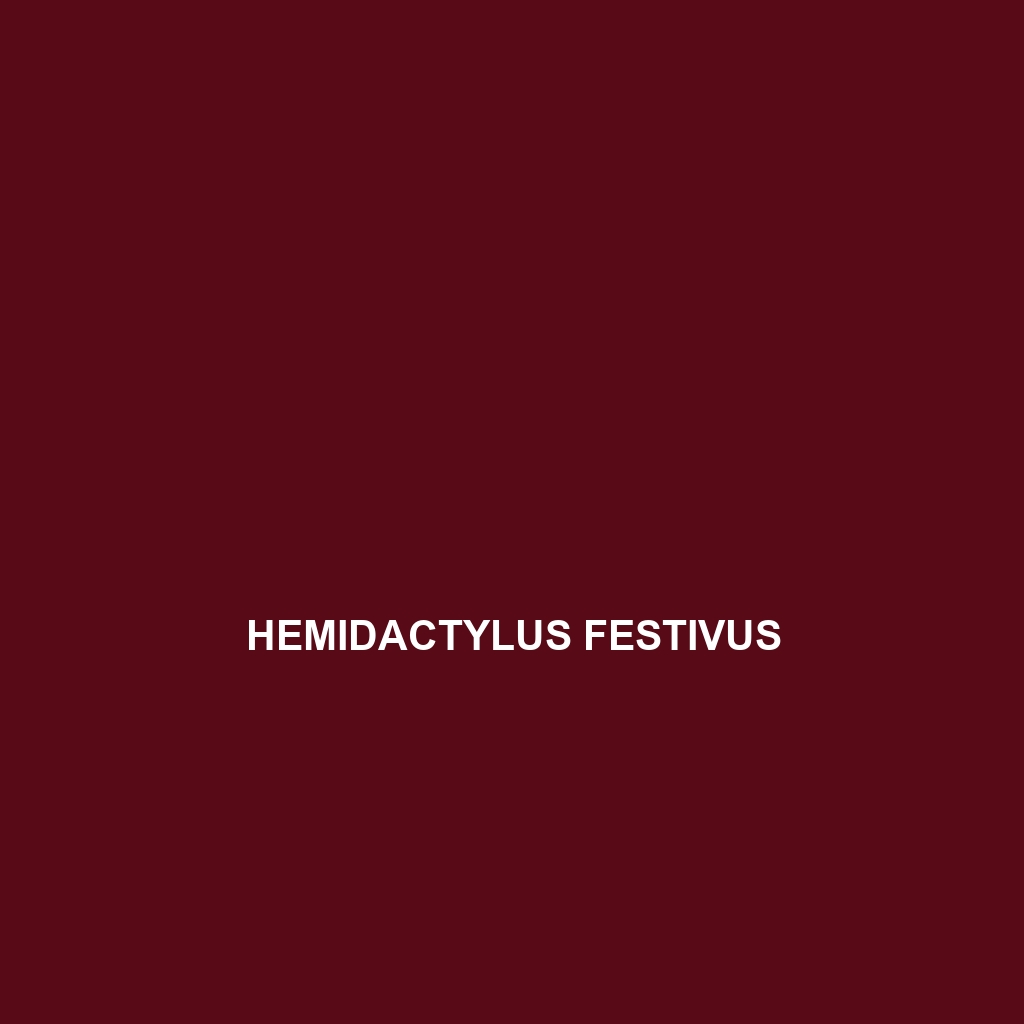Common Name
Hemidactylus faustus
Scientific Name
Hemidactylus faustus
Habitat
Hemidactylus faustus, commonly known as the African house gecko, is primarily found across various regions of Africa and parts of the Middle East. This species thrives in rainforests, savannas, and urban environments, demonstrating remarkable adaptability to diverse climatic zones, from humid tropical rainforests to dry savanna regions. The species is often seen in human settlements, where it can be found in homes, gardens, and buildings, taking advantage of the microhabitats created by human activity.
Physical Characteristics
Hemidactylus faustus typically measures between 10 to 15 cm in length, with a slender body and a long tail that can sometimes be regenerated if lost. The skin is smooth and slightly glossy, boasting a color palette ranging from light beige to dark brown, often adorned with irregularly shaped darker spots which serve as effective camouflage. Their large, bulging eyes are a distinguishing feature, allowing for excellent night vision – a highly advantageous trait for their nocturnal lifestyle. Additionally, their toe pads are uniquely adapted for climbing, enabling them to navigate vertical surfaces with ease.
Behavior
The behavior of Hemidactylus faustus is characterized by its nocturnal habits; these geckos are primarily active at night, hunting insects and exploring their surroundings. During the day, they often retreat to sheltered locations, such as cracks in walls or under debris. Socially, these geckos exhibit unique mating rituals, including vocalizations and displays, especially during the breeding season. Their territorial behaviors, particularly among males, can lead to aggressive encounters over prime basking spots or nesting areas, making them interesting subjects for behavioral studies.
Diet
Hemidactylus faustus is predominantly an insectivore, with a diet primarily composed of various insects such as crickets, moths, and beetles. They hunt using their keen eyesight and rapid reflexes to capture prey during the night. Occasionally, they may consume small invertebrates or even fruit, showcasing some level of omnivorous behavior. This adaptability in their diet helps them thrive in various environments, especially in regions where food sources may fluctuate due to seasonal changes.
Reproduction
The reproductive cycle of Hemidactylus faustus typically begins in the warmer months when temperatures rise, prompting increased mating behaviors. Mating occurs in several stages, starting with courtship displays. Females lay clutches of 2 to 3 eggs, which are usually deposited in hidden locations, such as crevices or beneath loose bark, to protect them from predators. The incubation period lasts about 30 days, after which the hatchlings emerge fully formed. Parental care is minimal but may include protection of the nesting site. The young are independent immediately upon hatching, showcasing a rapid maturation process.
Conservation Status
Currently, Hemidactylus faustus is classified as Least Concern by the IUCN Red List, indicating a stable population in most of its native range. However, habitat destruction and urbanization pose potential threats to their habitats. Conservation efforts focus on protecting natural habitats and promoting awareness about the ecological importance of geckos within their ecosystems. Ongoing research into their population dynamics and behavior also contributes to effective conservation strategies.
Interesting Facts
Hemidactylus faustus exhibits several fascinating traits, including the ability to vocalize—a rarity among reptiles. They produce sounds for communication, especially during mating rituals. Their extraordinary capacity for camouflage allows them to evade predators effectively, blending seamlessly into their surroundings. Additionally, they have a unique adaptation; if threatened, they can shed their tail to escape predators, a process known as autotomy. This ability often confuses predators, allowing them to make a quick getaway.
Role in Ecosystem
Hemidactylus faustus plays a vital role in its ecosystem as both a predator and prey. As an insectivore, it helps regulate insect populations, contributing to natural pest control within residential and agricultural areas. This species serves as a food source for larger predators, including birds, mammals, and reptiles, thus ensuring energy transfer within the food web. Additionally, their presence in urban areas aids in maintaining ecological balance, showcasing the importance of reptilian species in both natural and human-altered environments.
